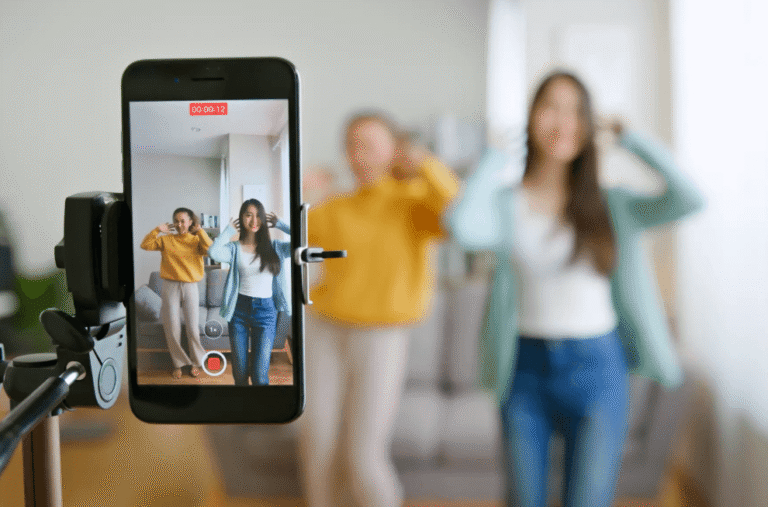User Privacy vs. App Monetization: Can Both Coexist?
In an era where digital services dominate nearly every aspect of modern life, the tension between user privacy and app monetization has reached a tipping point. As apps become more intelligent and connected, the race to maximize profits via user data is clashing head-on with increasing public scrutiny and data protection regulations. But is it truly possible for businesses to profit while still respecting user boundaries?
Let’s explore this complex digital tug-of-war.
1. The Monetization Dilemma in a Data-Driven Economy
Apps—especially free ones—thrive on monetization models heavily reliant on user behavior tracking. From social media platforms to health trackers, nearly every app collects data to:
- Personalize ads and recommendations
- Track engagement metrics
- Feed machine learning algorithms
- Sell anonymized or direct user insights to third parties
While profitable, this raises one immediate concern: How much is too much?
The line between personalization and surveillance blurs when data like location, device usage, conversations, or even biometrics is involved. This has led privacy advocates to question the ethical foundation of many ad-based app ecosystems.
2. WhatsApp Ads: A Turning Point for Privacy-Conscious Users
One of the latest and most talked-about examples is WhatsApp—once the poster child for privacy-first messaging—now shifting toward monetization.
News: According to Apfelpatient, WhatsApp has officially introduced ads in its “Aktuelles” section, tapping into data like your location, language, channel subscriptions, and past ad interactions—and possibly Facebook/Instagram data if your accounts are linked via Meta’s center. While this is already rolling out globally, EU users currently remain unaffected until regulatory approval, yet the shift signals deeper integration of WhatsApp into Meta’s ad network.
This move is significant for two reasons:
- It signals Meta’s intent to unify its platforms under a single ad-optimization engine, leveraging vast cross-platform user data.
- It challenges WhatsApp’s original appeal as a private, encrypted platform.
For privacy-aware users, this shift is unsettling. But for Meta and businesses, it opens a new advertising frontier—one that could soon become the norm in “free” apps.
See also: Finding the Perfect Kitchen Fitting Near Me: A Way to Upgrade Your Space
3. Is Consent a Real Solution or a Legal Checkbox?
Consent is a cornerstone of modern data privacy regulations like GDPR and CCPA. But most users tap “Agree” without reading, and even fewer understand what they’re consenting to.
To truly coexist, apps need to:
- Present clear, layered consent options (not hidden in settings)
- Allow granular controls over what is shared
- Use plain language in privacy policies
- Give users genuine opt-out mechanisms without degrading experience
Sadly, only a minority of apps go this far. Most still prioritize user acquisition and revenue metrics over ethical transparency.
4. Ethical Monetization: The Rise of Premium and Hybrid Models
There’s growing evidence that users are willing to pay for privacy-respecting experiences. Consider the rise of:
- Subscription-based platforms like Signal, ProtonMail, and 1Password
- Freemium models that offer ad-free tiers
- Donation-based apps or community-funded development
Interestingly, these alternatives often attract more loyal and engaged users. The trade-off? Slower growth and less upfront revenue. Yet, in the long run, these models might offer a more sustainable and user-trusted path forward.
5. The Influence of Wearables and Lifestyle Tech on Data Monetization

Wearables are among the most intimate tech devices, collecting real-time data on your heart rate, sleep patterns, location, habits, and even stress levels. As such, they straddle the line between personal well-being and commercial exploitation.
Devices with a focus on fashion, health, and smart features often promote themselves as “luxury lifestyle” brands. Here, the user experience is wrapped in design sophistication and convenience, but beneath that lies the same core model: data monetization.
A growing trend includes hybrid products like the luxury wearable Senseble Vogue, which combines health insights with high-end fashion and digital integration. These products raise important questions:
- Can luxury and privacy coexist?
- How do they handle the sensitive data they collect?
- Do users pay more for aesthetics while unknowingly trading their privacy?
These premium devices often market themselves as privacy-aware, but the real test lies in their data storage, sharing policies, and encryption standards.
6. Government Regulations: Guardrails or Bottlenecks?
Governments worldwide are stepping in to set boundaries. From the Digital Markets Act (DMA) in the EU to the proposed American Data Privacy Protection Act (ADPPA) in the U.S., there’s momentum for stronger frameworks. Key measures include:
- Requiring explicit user consent
- Limiting cross-platform data merging
- Enforcing data minimization practices
- Mandating transparency reports for tech companies
While these are positive steps, enforcement remains inconsistent, especially across regions. Additionally, tech companies often innovate faster than regulators can react, leaving gaps in protection.
7. Building a Future Where Privacy and Profit Coexist
The solution lies not in choosing one over the other, but in restructuring the relationship between users and platforms. Here’s how:
- Privacy as a Feature, Not a Barrier: Design apps where privacy tools are front-facing and user-friendly.
- Transparent Monetization: Let users know how their data powers the platform—and offer them choices.
- Trust as Currency: Platforms that invest in building user trust can unlock long-term loyalty and organic growth.
Companies like Apple and Mozilla are showing that privacy can be a brand advantage, not a sacrifice.
Conclusion
Balancing user privacy and app monetization isn’t a zero-sum game. It’s a design challenge, a business philosophy, and increasingly—a legal necessity. The companies that rise to meet this challenge won’t just protect their users; they’ll build deeper, more sustainable relationships in an age where trust is the ultimate currency.
Whether through responsible ad models, ethical premium offerings, or better-informed consent, the future of app development depends on proving that profit and privacy can, indeed, coexist.






